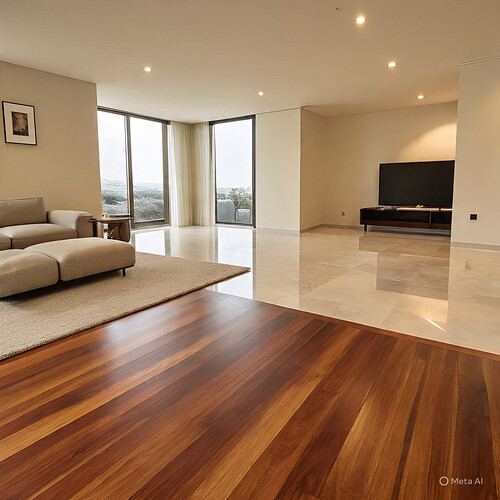Flooring is often the foundation of any renovation, both literally and visually. The floor sets the tone for the entire space, influencing style, comfort, and durability. A well chosen floor unites the design of a room, while a poor choice can clash with furniture and disrupt the flow of a home.
Hardwood remains a classic option, loved for its warmth and natural beauty. It adds long term value to a property and can be refinished multiple times, making it a lasting investment. Engineered wood offers similar appeal with greater resistance to moisture. Tiles, on the other hand, provide durability and come in a wide range of patterns and finishes. They are especially practical in kitchens, bathrooms, and entryways.
Vinyl and laminate have grown in popularity due to their affordability and improved quality. Modern versions can mimic wood, stone, or ceramic at a fraction of the cost. They are also easy to clean and maintain, which makes them a smart choice for busy families. Carpets still have a place in bedrooms and living areas, where they add softness and warmth underfoot.
A quirky idea is to use patterned rugs as temporary flooring solutions. They bring personality and color while protecting underlying surfaces. Rugs also allow homeowners to change
the look of a room without committing to permanent renovations.
Flooring also affects comfort and energy efficiency. Well insulated floors reduce drafts and noise, improving both warmth and quietness in a home. Underfloor heating is another upgrade that adds luxury and eliminates the need for bulky radiators.
Conclusion: Flooring is more than a surface to walk on. It shapes the style, comfort, and practicality of every room. Thoughtful choices in flooring ensure that renovations not only look beautiful but also stand the test of time.
